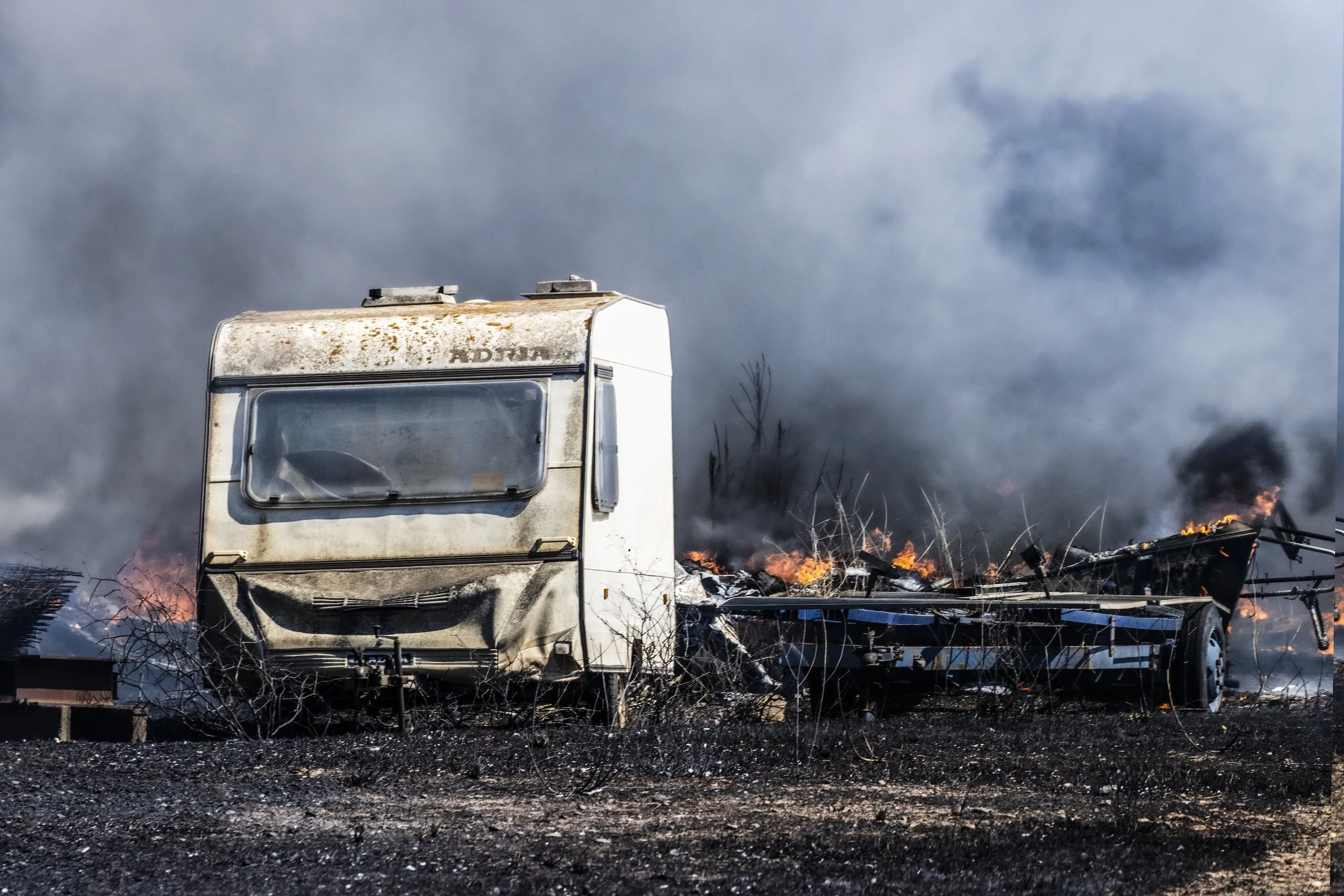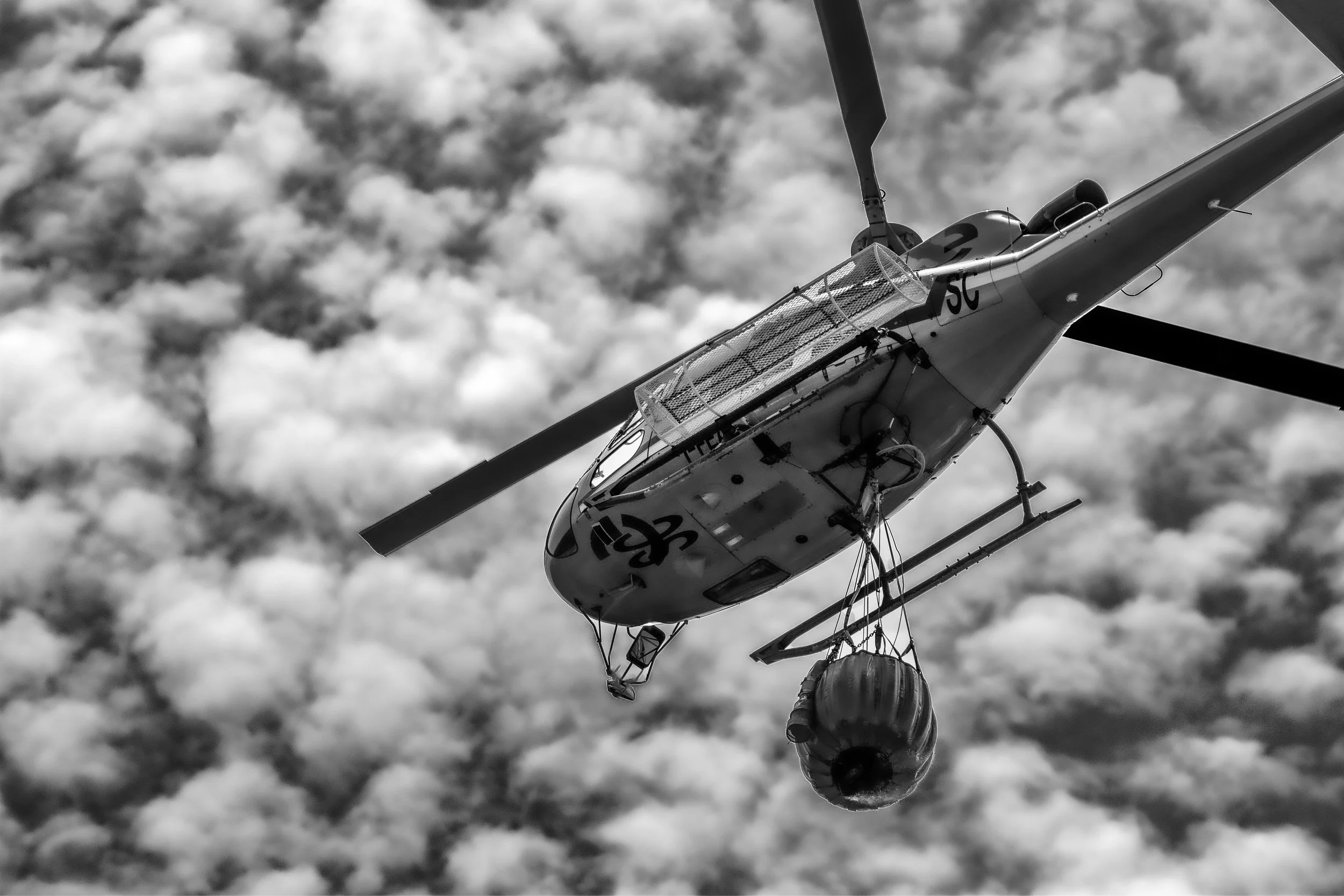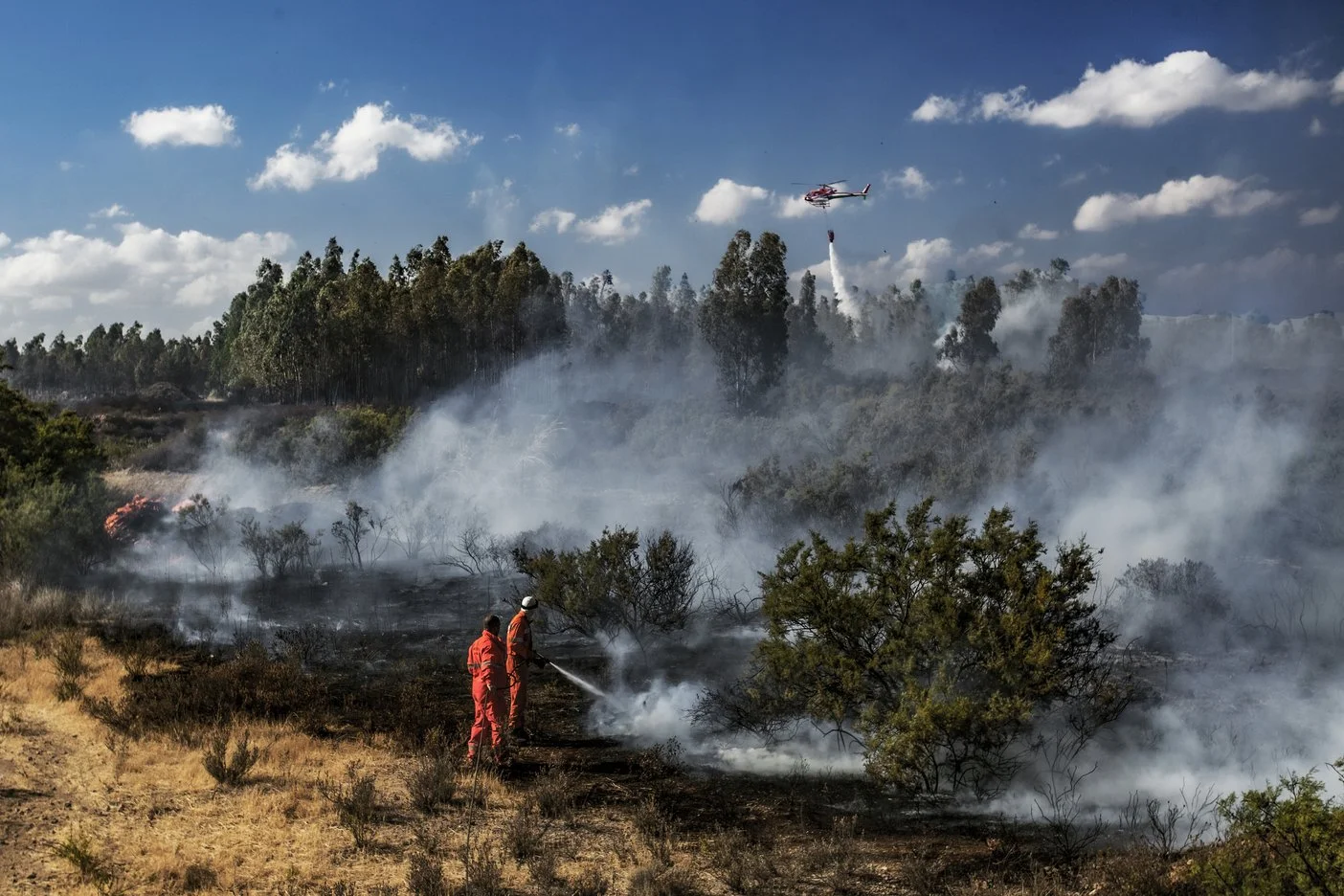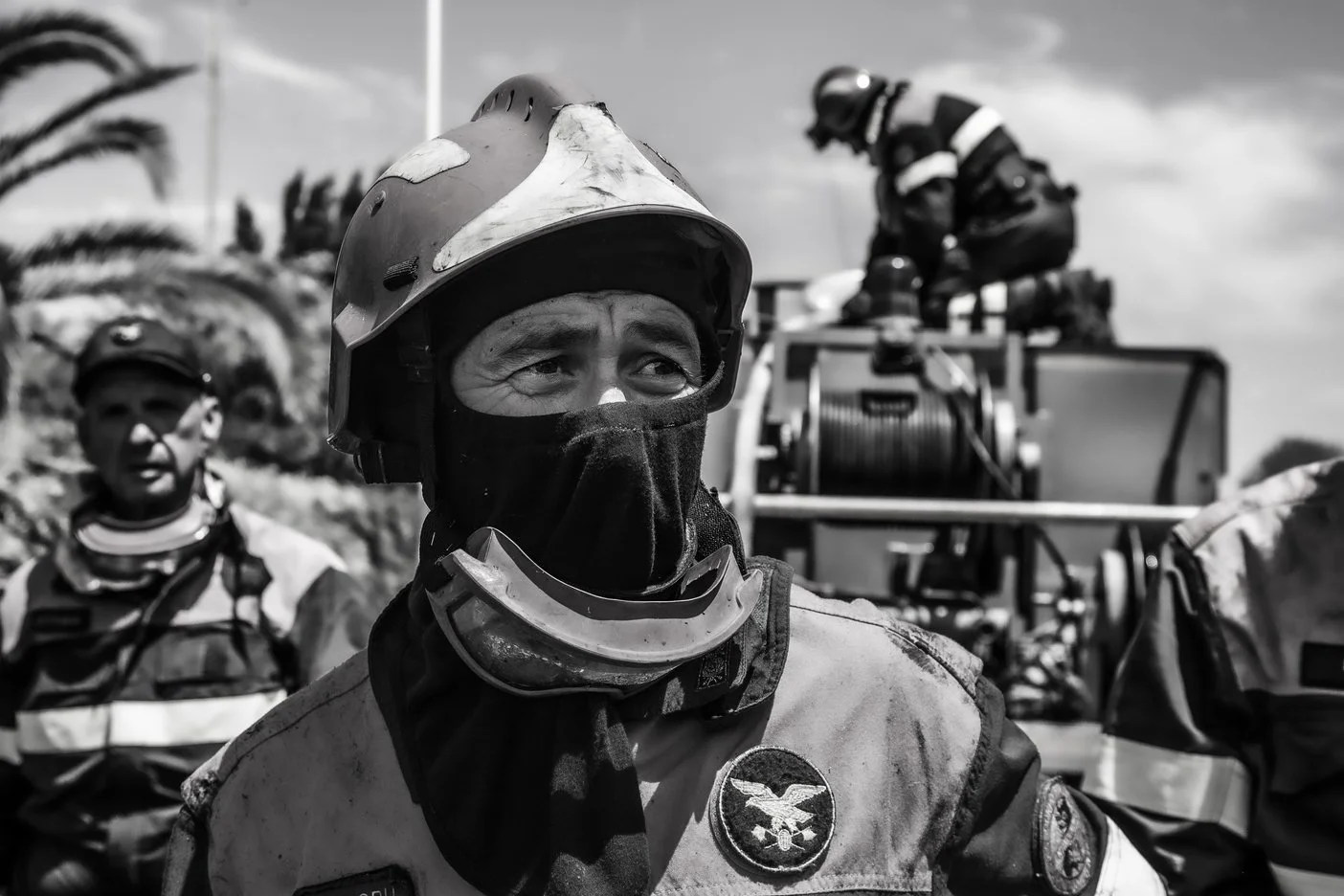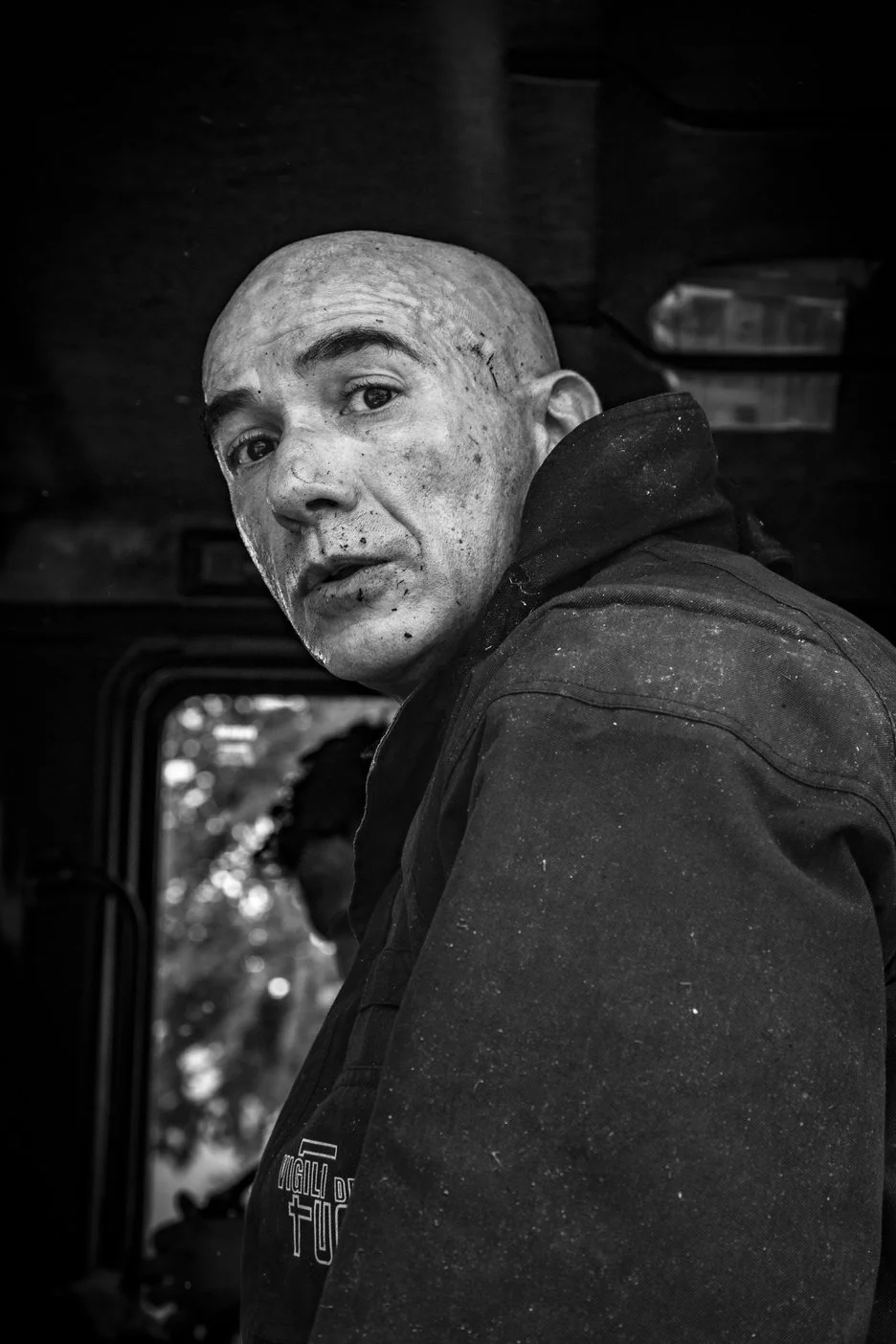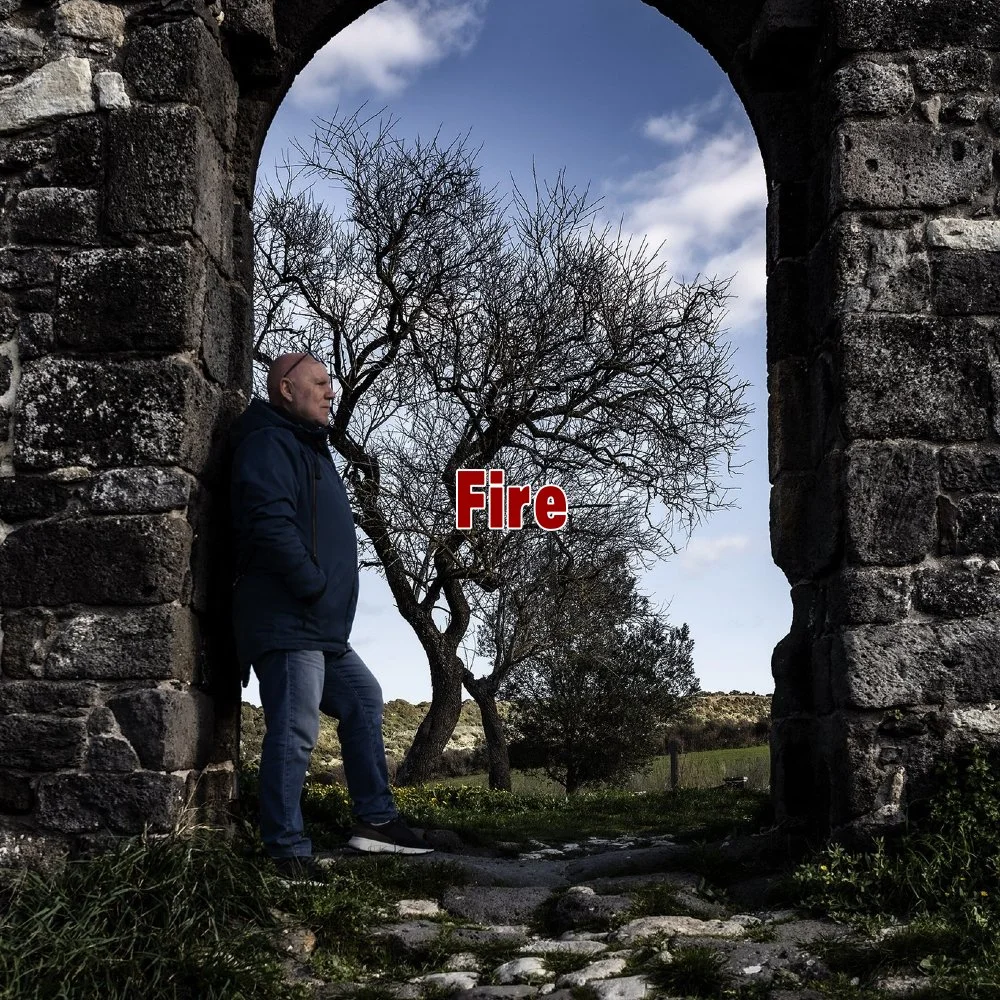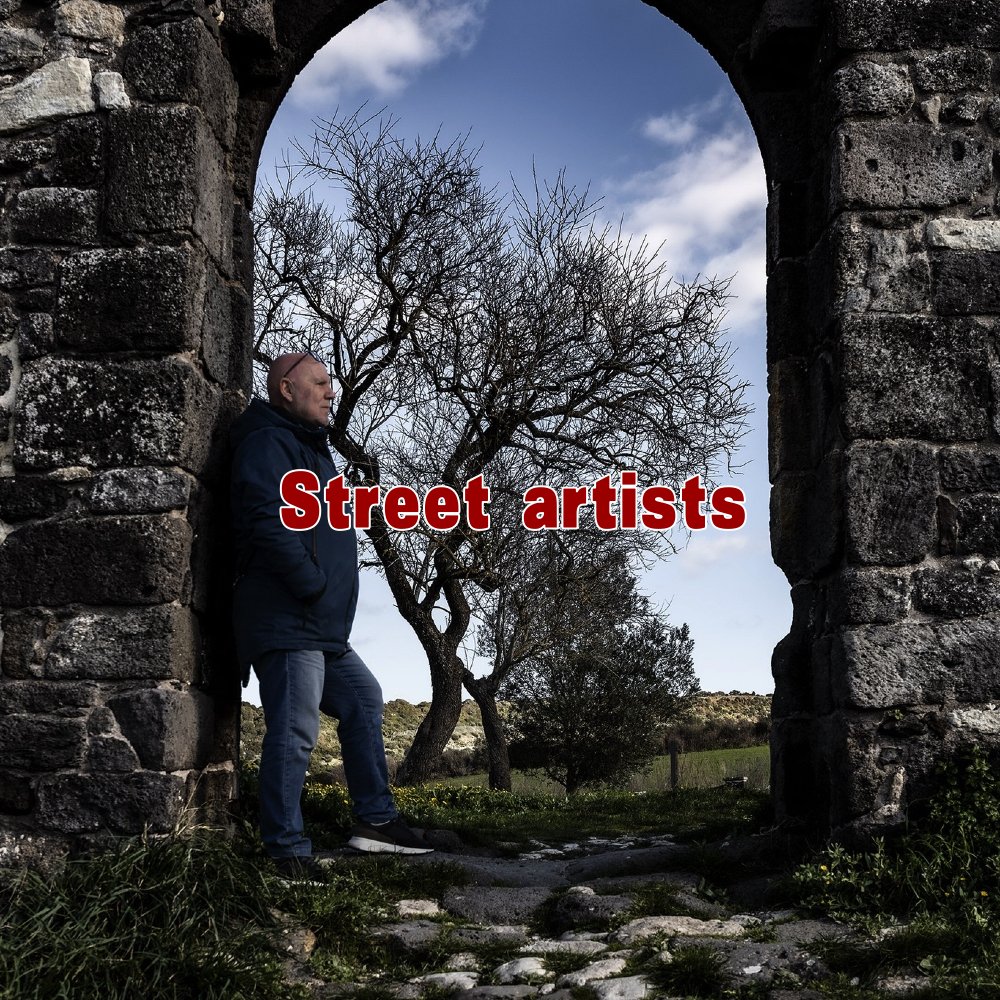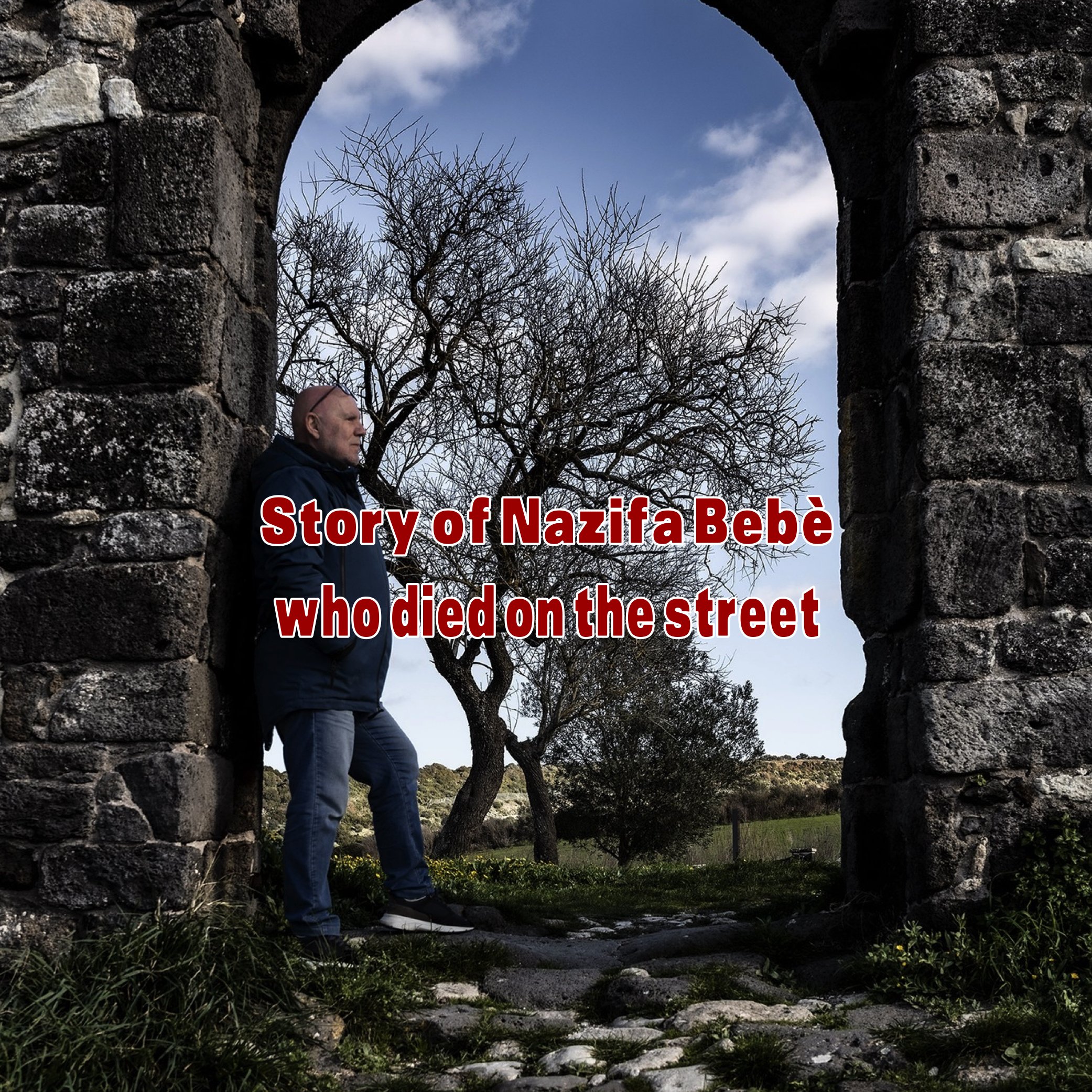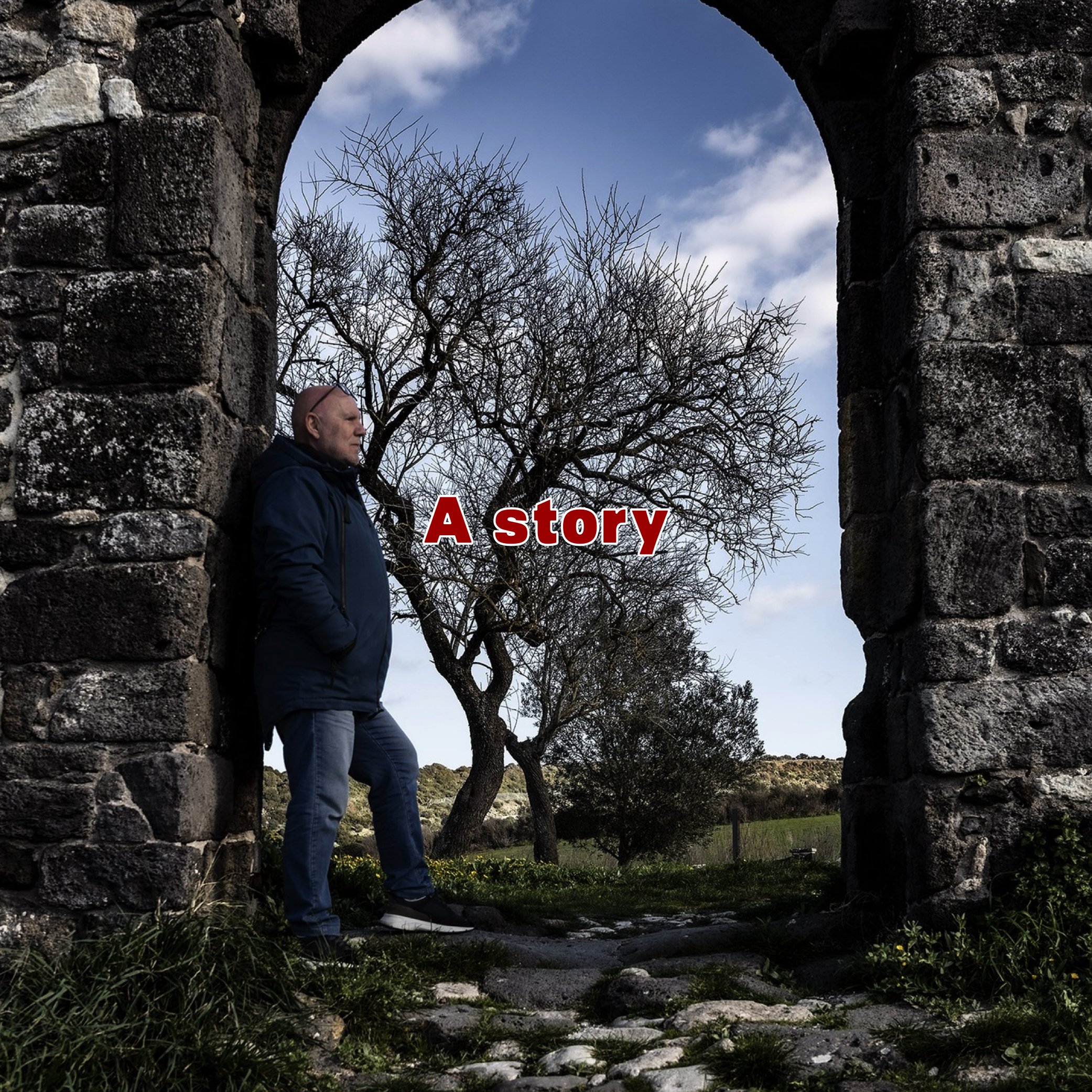In light and shadow: travel notes of an anarchist storyteller
Fire
Notice at the end: there are also images depicting the victims of these fires for those who prefer not to view them.
Many years ago, in a protected nature reserve in my homeland, Sardinia, I met an elderly volunteer from the wildfire brigades. I told him that I would love to take photographs of their work, of the men who face the numerous fires that ravage the forests and countryside. He looked at me from top to bottom, shaking his head.
“What do you know about fires?” he asked me. And before I could answer, he explained that facing a fire always meant playing with the unpredictable. And with death. Because sometimes, a sudden shift in the wind is enough to put the firefighters and volunteers at risk. And because, at other times, during major wildfires, the temperatures rise so much that not only the thick trunks of trees but even granite rocks explode. Like what happened in 1983 during the Curraggia fire in the north of the island, when the fire devastated 18,000 hectares of forest and surrounded a team of nine men, killing them all.
Later, every time I had the chance to witness and photograph a fire, I remembered the words of the elderly volunteer. They always suggested the utmost caution, but at the same time, they generated in me an immense admiration for the men who fought the flames.
I’ve always thought that in their effort and courage, there is something ancient and primordial. A struggle for survival that is part of the very history of my land, which has always had to fight against the scourge of wildfires. And that even today, those who fight the flames are tasked not only with taming them but also with assessing the damage caused.
I believe that this is the most dramatic part of their work. Especially when, alongside the crops and centuries-old forests that are burned to ashes, the animals that couldn’t escape also fall victim to the fires. Either due to the speed of the flames driven by the wind or because a fence prevented their desperate escape.
Like what happened a few years ago during a fire in the woods of Arbus. When I arrived on the scene, the planes and helicopters had already contained the flames, and the men on the ground were starting the cleanup work. Among the charred remains of trees in a fenced-off forest area, there were the remains of several animals. Goats, a few sheep, a deer, a pig, a small wild boar. They had all tried to escape, but the fences had made them run in circles, frantic, toward the flames.
Molti anni fa, in una riserva naturale protetta della mia terra, la Sardegna, conobbi un anziano volontario delle squadre anti incendio. Gli dissi che mi sarebbe piaciuto scattare delle fotografie sul loro lavoro, sugli uomini che affrontano i numerosi roghi che flagellano i boschi e le campagne. Lui mi guardò dall’alto in basso, scuotendo la testa.
“Cosa sai degli incendi?” mi chiese. E prima che potessi rispondergli mi spiegò che affrontare un fuoco significava, sempre, giocare con l’imponderabile. E con la morte. Perché a volte basta un improvviso cambio di vento per mettere in pericolo le squadre dei vigili del fuoco e dei volontari. E perché altre volte, durante i grandi incendi, le temperature si sollevano così tanto da far esplodere non solo i tronchi più grossi degli alberi ma anche le rocce di granito. Come era successo nel 1983 durante l’incendio di Curraggia, nel nord dell’isola, quando il fuoco aveva devastato 18 mila ettari di boschi e aveva accerchiato una squadra di nove uomini, uccidendoli tutti.
Più avanti, ogni volta che mi è capitato di assistere e di fotografare un incendio, mi sono ricordato delle parole dell’anziano volontario. Che mi hanno sempre suggerito la massima prudenza, ma che nello stesso momento generavano in me un’ammirazione smisurata per gli uomini che combattevano le fiamme.
Ho sempre pensato che nella loro fatica e nel loro coraggio ci sia qualcosa di antico e primordiale. Una lotta per la sopravvivenza che fa parte della storia stessa della mia terra, che ha sempre dovuto combattere contro la piaga degli incendi. E che ancora oggi impone a chi combatte contro le fiamme, non solo il compito di domarle, ma anche di fare la conta dei danni provocati.
Credo che sia questa, la parte più drammatica del loro lavoro. Soprattutto quando insieme alle coltivazioni e ai boschi secolari inceneriti, a restare vittima degli incendi sono anche gli animali che non sono riusciti a mettersi in salvo. Vuoi per la velocità delle fiamme spinte dal vento, vuoi per un recinto che ne ha impedito la fuga disperata.
Come successe qualche anno fa durante un incendio scoppiato nei boschi di Arbus. Quando arrivai sul posto gli aerei e gli elicotteri avevano già circoscritto le fiamme, e gli uomini a terra iniziavano il lavoro di bonifica. Tra i resti carbonizzati degli alberi di una zona boschiva recitata, c’erano i resti di numerosi animali. Capre, qualche pecora, un daino, un maiale, un piccolo cinghiale. Avevano cercato tutti una via di fuga, ma i recinti li avevano fatti correre in cerchio, impazziti, verso le fiamme.













